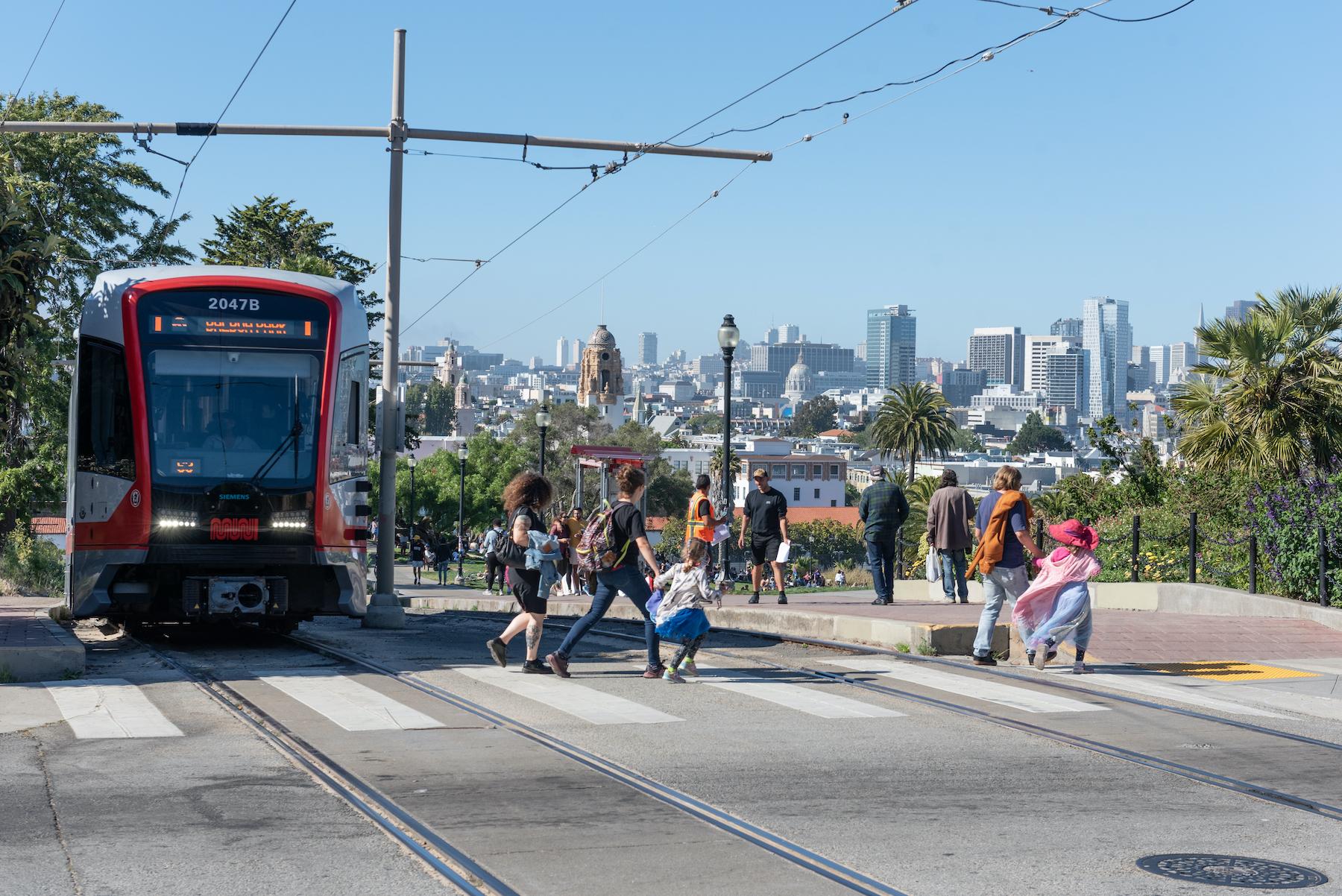Biennial homeless count finds 13% decrease in people living in tents and on the streets from 2022, hitting the
lowest level since before 2015
SAN FRANCISCO – New data released as part of the city’s biennial homeless count shows that the number of people living on the streets of San Francisco has reached the lowest level in at least 10 years. This comes as San Francisco has expanded access to shelter and housing, and increased enforcement of local laws when offers of shelter and service are refused.
The 2024 Point-in-Time (PIT) Count conducted in January 2024 found that fewer than 3,000 people are living in tents, structures, or on the streets, a 13% drop since the 2022 PIT Count and the lowest level since before the 2015 PIT Count.
This decline matches recent declines in the city’s quarterly tent count. Based on the April tent count, there are 41% fewer tents than since July 2023, the lowest rate that San Francisco has seen in five years.
“We are working every day to move people off our streets and into shelter, housing, and care,” said Mayor London Breed. “This is safer and healthier for people on our streets, and it is better for all of us that want a cleaner and safer San Francisco. Our city workforce is dedicated to making a difference, and we will keep working to get tents off our streets, bring people indoors, and change the conditions in our neighborhoods.”
Lowest street homelessness level in 10 years
In the 2024 PIT Count, 2,912 people were found to be sleeping unsheltered on San Francisco’s streets, either in tents, structures, or on the street. This is a 13% decrease from 2022 when the number was 3,347. This is the lowest this count has been since before 2015, when 3,791 people were found sleeping on the streets.
Since coming into office, Mayor Breed has prioritized moving people indoors, by expanding shelter and housing to new historic highs, directing consistent encampment outreach efforts, and launching innovative programs like Street to Home, which has bypassed bureaucratic barriers to more quickly place people into vacant housing. She has also successfully worked with state legislators to expand mental health laws at the state level, allowing San Francisco to compel more people unwilling or unable to accept help into treatment and care.
Progress on street encampments
San Francisco’s encampment teams, organized under the Healthy Street Outreach Center (HSOC), have been conducting operations to offer people shelter and services, enforce local laws to prevent camping when people refuse services, and clean up encampments.
Since the last Point-in-Time Count in 2022, HSOC encampment teams have conducted over 900 operations, moving over 2,800 people directly from encampments into shelter. This is in addition to the thousands of others who accessed shelter during that time through other access points.
HSOC encampment teams have continued this work in 2024, exceeding their previous year’s pace with over 250 operations so far this year. This work has followed the clarification by the U.S. Court of Appeals for the Ninth Circuit in the fall of 2023 that stated that people who refuse offers of shelter do not meet the definition of “involuntarily homeless,” and thus, the federal preliminary injunction order does not apply to them. Prior to that clarification, the city had been constrained in what laws could be enforced due to the federal injunction.
Expanding shelter and housing
San Francisco has expanded shelter capacity by over 60% since 2018, with more shelter beds coming online soon that will reach a 66% expansion. As part of the PIT Count, the sheltered population now accounts for 48% of the overall homeless count, up from 2019 when it only accounted for 36% of the overall homeless count.
San Francisco has also increased housing slots by over 50% since 2018, giving San Francisco the most housing for the formerly homeless of any city in the Bay Area and the second most per-capita in the country.
San Francisco has helped over 15,000 people exit homelessness into housing since 2018 and has dramatically increased the rate at which people are exiting homelessness in the last two years. In 2022 and 2023, San Francisco helped an average of 3,300 people per year exit homelessness, a nearly 80% increase from the previous average between 2019 and 2021. This includes people moving into permanent supportive housing, accessing rental subsidies, or receiving travel relocation assistance.
Mayor Breed’s work to move people off the street and into shelter, housing or back home with family has resulted in a 41% decrease in tents.
Inflow increase
Despite these significant investments, service improvements, and positive outcomes, our community is still seeing a high rate of people becoming homeless. More than 22,000 entered the homelessness response system since our latest PIT Count in 2022. The Department of Homelessness and Supportive Housing (HSH) estimates that for every one person HSH resolves homelessness for annually, three people become homeless. Though San Francisco’s unsheltered population decreased again in 2024 from 2022 and remains down significantly from 2019, due to Mayor Breed’s significant expansion of shelter, the overall count that includes sheltered and unsheltered individuals increased.
This can be seen in the increase in the rise in family homelessness and vehicular homelessness between 2022 and 2024. The overall unsheltered population as defined in the PIT Count, which includes both people living on the streets and in vehicles, dropped by 1%, and remains down 16% since 2019. But there was a rise in vehicular homelessness between 2022 and 2024, though the number of people living in vehicles remains below 2019 levels.
This rise in vehicular homelessness is driven in particular by an increase in family homelessness that has occurred in the last year, resulting from post-COVID economic hardships and by new families arriving in San Francisco without access to housing. Specifically, the 2024 PIT Count saw a 94% increase in families from 2022, which aligns with other city data. 67% of these families are sheltered. Of the families living unsheltered, 90% are residing in vehicles. Mayor Breed’s Safer Families proposes to address this immediate need.
(SF Mayor’s Office Release)





